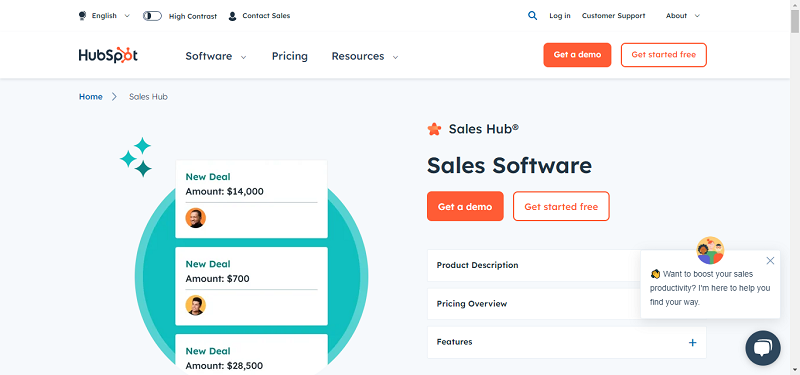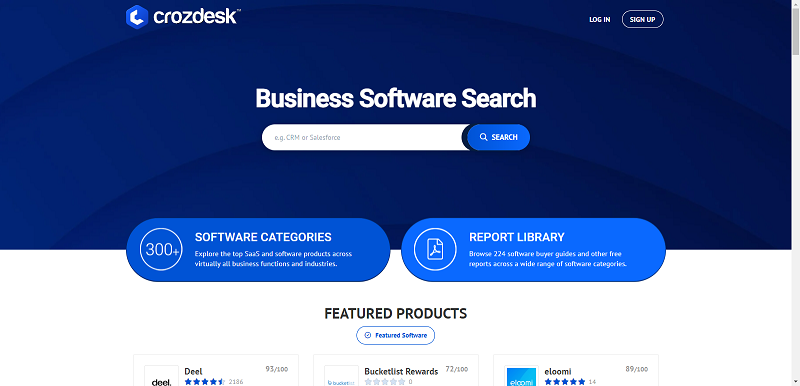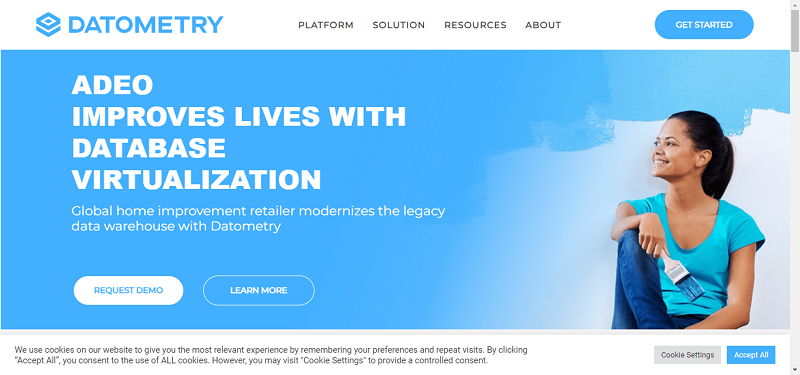Cloud computing provides invaluable solutions for a variety of organizations, and it’s no wonder the technology has taken off and spread rapidly across sectors and around the globe. From narrowing the gap of application availability between large and small businesses through tailored services and popular pay–as-you-use models to changing the way organize store and access data, cloud computing with its many benefits is a technology few of us could easily manage without. However, there is no one-fits-all or flawless solution available to any business and appreciating the disadvantages of cloud computing is as important as understanding its many benefits.
Cloud computing is typically perceived to be a cheaper alternative to the capital investment required for in-house hardware and software; this isn’t always the case. Certainly cloud applications can offer such benefits, but custom in-house IT solutions are sometimes better able to meet all of an organization’s needs than any one cloud application could. And so, investing in cloud services could mean an abundance of disparate cloud solutions in order to achieve the same end result. Carefully comparing features and prices of in-house solutions with cloud services is a must before deciding on an implementation.
Another significant concern with regards to connected and cloud services is the effect of any downtime. Although most reputable cloud services providers have the backup in place to ensure they’re always up, few businesses can guarantee their own internet connectivity and network infrastructure will never fail. Without connectivity to the cloud, applications and data necessary to run a business are suddenly out of reach, and without recovery and backup strategies in place could leave organizations severely challenged. Though not insurmountable, such an obstacle not quickly rectified can destroy a business.
A final, and perhaps most studied, disadvantage is ineffective security. Though it’s difficult to trust something well out of our hands, by now most recognize that cloud Service Providers, if chosen wisely, are actually better equipped to deliver optimally secured services. This does not, however, mean that there aren’t many cloud services and applications available that are not correctly secured, and even the top service providers face a constant battle against hacking and cyber attack. On the plus side, such organizations typically are better equipped to face such challenges, but it’s also necessary to consider the likelihood that a small organization alone would ever attract the notice of such nefarious forces.
NASA has recently commenced its own cloud journey in an effort to better utilize IT resources; unfortunately, this is just one organization that’s recognizing technological implementation challenges that must be addressed before the solutions can be considered satisfactory. Security is an obvious challenge for an organization of NASA’s scope, but perhaps less obvious are the security risks employees themselves are creating through their personal use of cloud services. Most evidently, applications such as Google’s cloud apps and Dropbox offer the means for employees to deliberately download and upload data and applications onto and off of the organization’s internal databases.
Some of the cloud applications most of us would consider highly valuable, offering services such as automatic discovery and file transfer for simplified collaboration, can, in fact, cause countless challenges if exercised improperly or not carefully managed. Organizations with sensitive data not rigidly secured could face heavy losses and devastating break-ins.
Though many drawbacks exist in the cloud computing environment, this is no reason to throw in the towel and slink back to more traditional technologies; understanding the disadvantages ensures a proper appreciation of the benefits and allows for implementations more likely to advance and adequately support your business and its processes.
By Jennifer Klostermann





